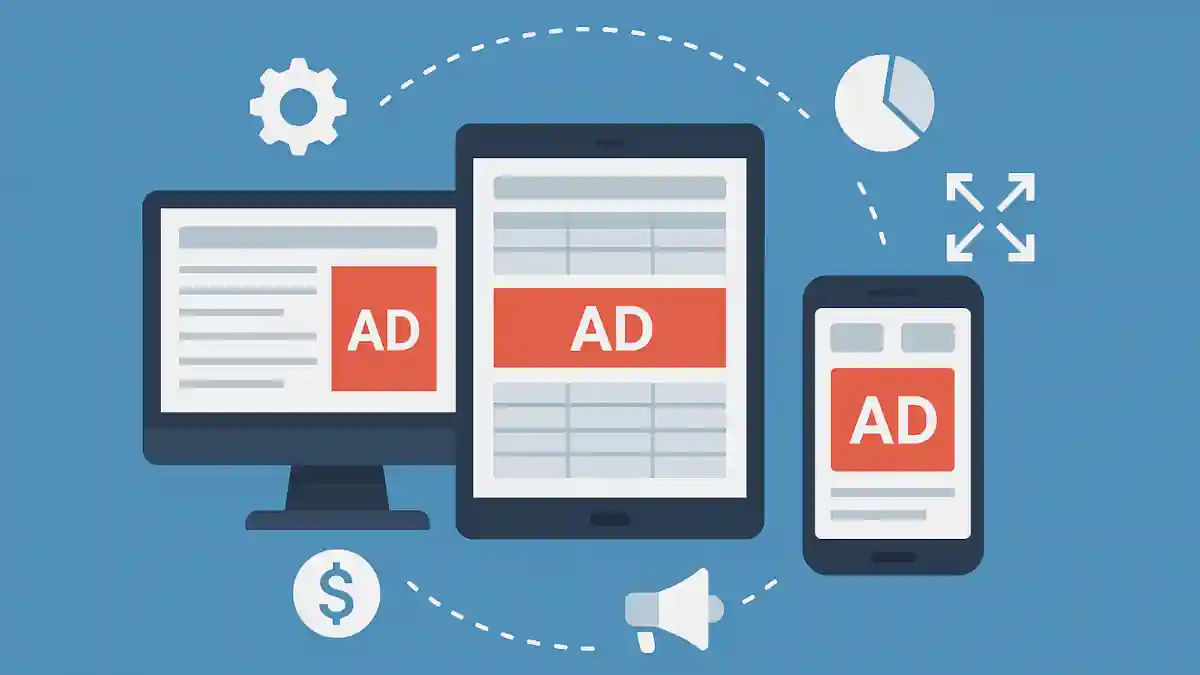When it comes to monetizing your website, app, or digital content, Google offers a suite of powerful tools – AdSense, Ad Manager, and AdMob. Each platform serves a distinct purpose, and choosing the right one can significantly impact your revenue strategy.

What is Google AdSense?
Google AdSense is the simplest and most accessible advertising platform offered by Google. It allows website owners and content creators to earn money by displaying ads automatically matched to their site content and visitors.
Key Features of AdSense
- Easy Setup: No need for direct advertiser relationships.
- Automatic Ad Placement: Google handles ad display and optimization.
- Revenue Sharing Model: You earn a percentage of the ad revenue.
- Best For: Bloggers, small publishers, and content-focused websites.
Pros
- Beginner-friendly
- No technical expertise required
- High-quality ads from Google’s advertisers
Cons
- Limited control over ad inventory
- Less advanced features for large publishers
What is Google Ad Manager?
Google Ad Manager (formerly DoubleClick for Publishers) is a more advanced ad serving platform designed for large publishers and media companies that need more control and flexibility over their advertising operations.
Key Features of Ad Manager
- Unified Ad Management: Manages direct sales, programmatic deals, and AdSense/Ad Exchange inventory.
- Granular Controls: Targeting, pacing, prioritization, and detailed reporting.
- Custom Ad Placements: Full control over where, when, and how ads are shown.
- Best For: Enterprise-level publishers, media companies, and ad networks.
Pros
- High customization and scalability
- Supports complex ad delivery strategies
- Integrates with multiple ad exchanges and networks
Cons
- Steeper learning curve
- Requires more technical expertise
- Best suited for high-traffic websites
What is AdMob?
Google AdMob is a mobile-specific ad platform that enables app developers to monetize their Android or iOS apps through in-app ads.
Key Features of AdMob
- In-App Advertising: Native, banner, interstitial, and rewarded video ads.
- App Monetization Tools: Mediation, user insights, and A/B testing.
- Integration with Firebase: Deep analytics and user engagement insights.
- Best For: Mobile app developers looking to monetize their applications.
Pros
- Optimized for mobile environments
- Advanced targeting and analytics
- Supports cross-platform apps
Cons
- App-only (not for websites)
- Revenue depends on app traffic and engagement
AdSense vs Ad Manager vs AdMob: Feature Comparison
| Feature | AdSense | Ad Manager | AdMob |
|---|---|---|---|
| Platform Type | Web | Web | Mobile (Apps) |
| Ease of Use | Beginner-friendly | Advanced | Moderate |
| Ad Formats | Display, text | Display, video, native | Banner, interstitial, video |
| Control Over Inventory | Low | High | Medium |
| Best For | Bloggers, small websites | Large publishers, media networks | App developers |
| Revenue Model | CPC, CPM | Custom deals + programmatic | CPC, CPM |
Which One Should You Choose?
- Choose AdSense if you’re starting with a blog or content site and want a simple way to monetize with minimal setup.
- Choose Ad Manager if you’re running a high-traffic website or managing multiple ad sources and need full control over your ad ecosystem.
- Choose AdMob if you’re a mobile app developer looking to generate revenue from in-app ads.
Conclusion
Understanding the differences between AdSense, Ad Manager, and AdMob is key to selecting the right monetization strategy for your business. You can even combine these tools for a streamlined monetization experience.